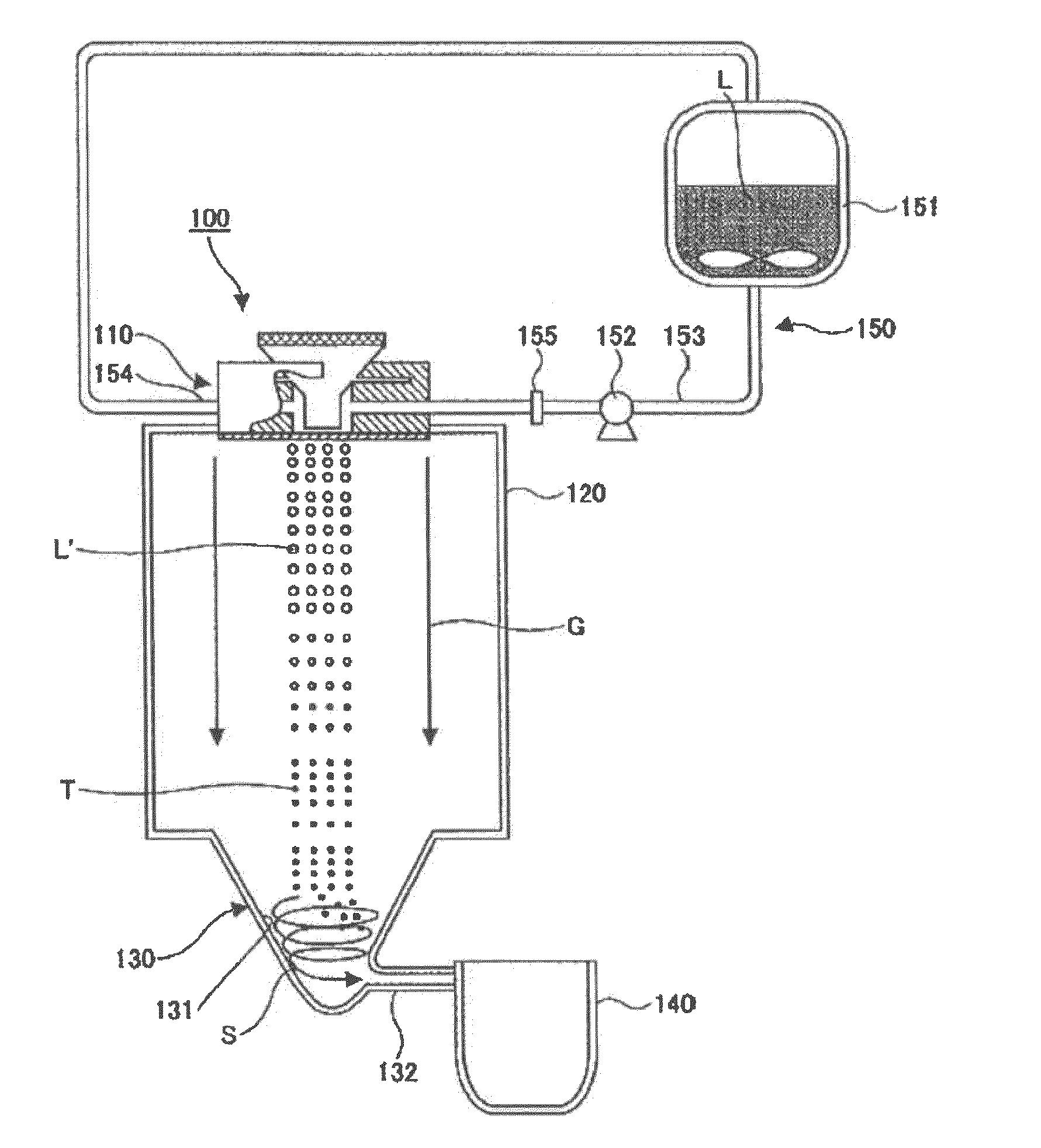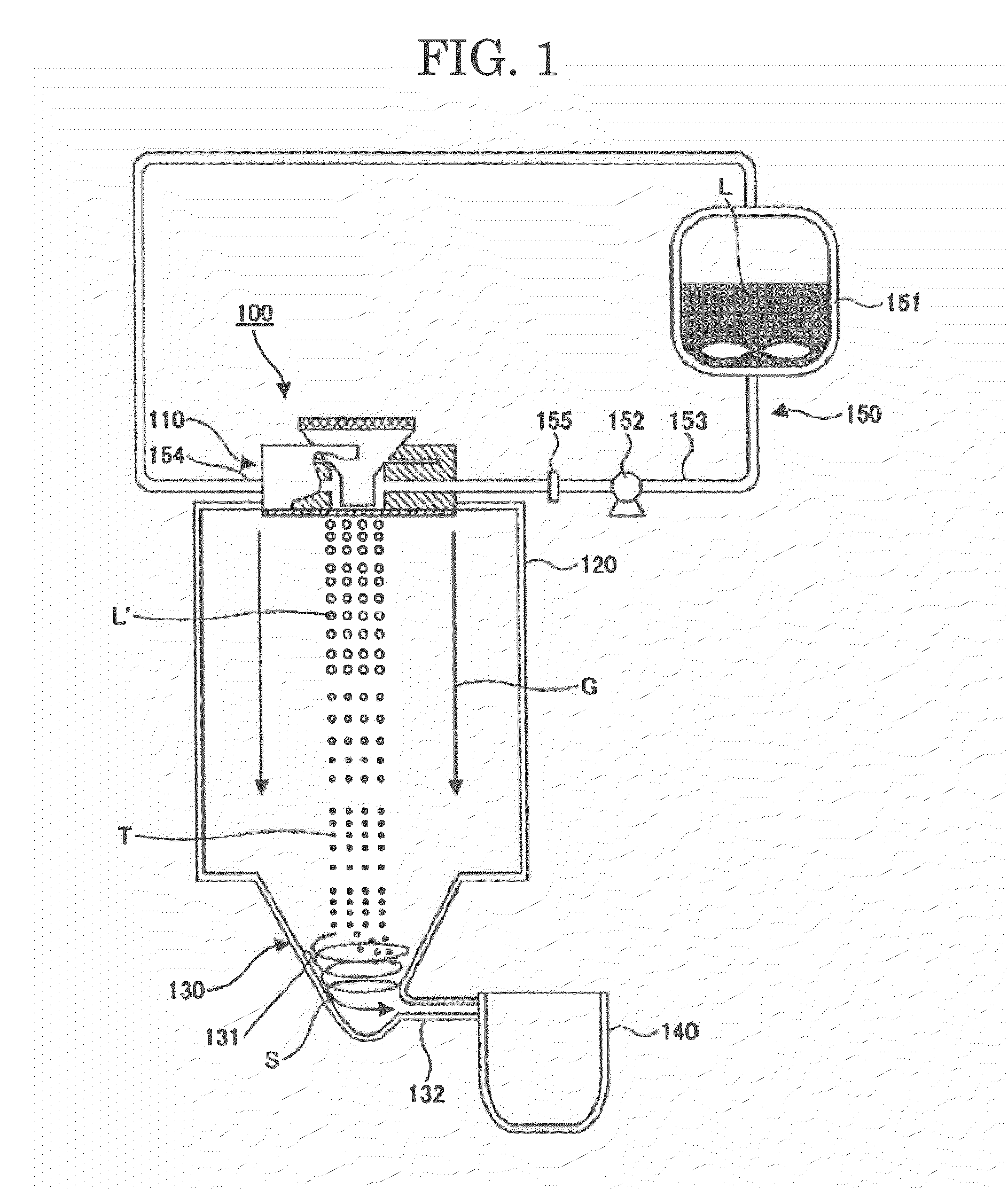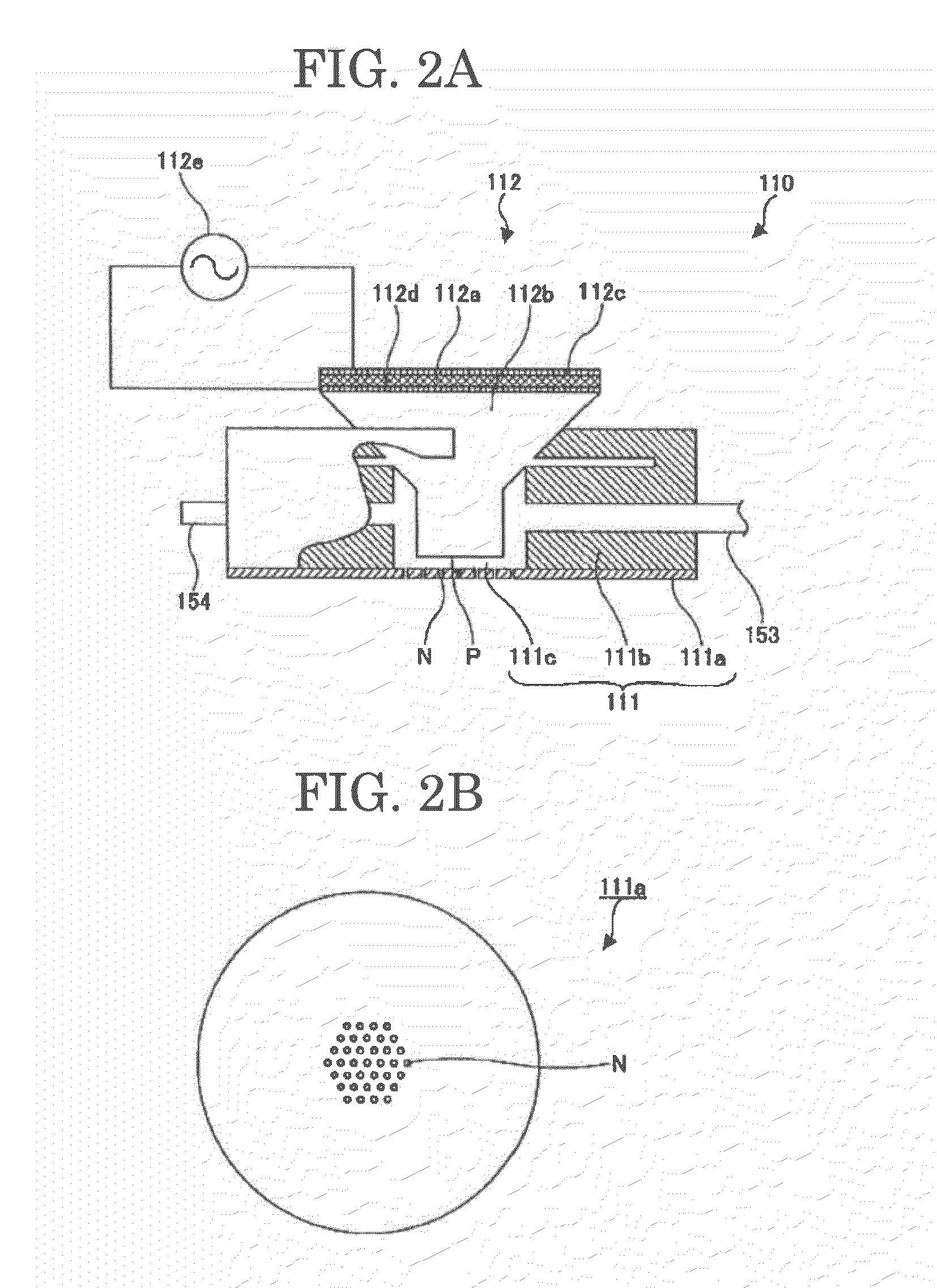Toner
a technology of toner and recording medium, which is applied in the field of toner, can solve the problems of affecting the stability and high-speed conveyance of the recording medium required for the image forming apparatus, consuming half or more of the electric power of such an electrophotographic image forming apparatus, and achieving excellent heat-resistant storage stability, high strength, and strong abrasion resistan
- Summary
- Abstract
- Description
- Claims
- Application Information
AI Technical Summary
Benefits of technology
Problems solved by technology
Method used
Image
Examples
production example 1
Production of Binder Resin (1)
[0406]Into a reaction vessel equipped with a condenser tube, a stirrer and a nitrogen inlet tube, 173 parts by mass of ethylene oxide (2 mol) adduct of bisphenol A, 553 parts by mass of propylene oxide (2 mol) adduct of bisphenol A, 251 parts by mass of terephthalic acid, and 3 parts by mass of dibutyltin oxide were added, reacted under normal pressure at 230° C. for 8 hours and further reacted under a pressure of 10 mmHg to 15 mmHg for 5 hours. Subsequently, 73 parts by mass of trimellitic anhydride were added to the reaction vessel and reacted at 180° C. under normal pressure for 2 hours to obtain a binder resin (1). The binder resin (1) was found to have a weight average molecular weight of 4,900, and a Tg of 61° C.
production example 2
Production of Binder Resin (2) Into a reaction vessel equipped with a condenser tube, a stirrer and a nitrogen inlet tube, 66 parts by mass of ethylene oxide (2 mol) adduct of bisphenol A, 535 parts by mass of propylene oxide (2 mol) adduct of bisphenol A, 231 parts by mass of terephthalic acid, 41 parts by mass of isophthalic acid and 3 parts by mass of dibutyltin oxide were added, reacted under normal pressure at 210° C. for 10 hours and further reacted under a pressure of 10 mmHg to 15 mmHg for 5 hours. Subsequently, 127 parts by mass of salicylic acid were added to the reaction vessel and reacted at 210° C. under normal pressure for 5 hours to obtain a binder resin (2). The binder resin (2) was found to have a weight average molecular weight of 3,200, and a Tg of 52° C.
production example 3
Production of Binder Resin (3)
[0407]Into a reaction vessel equipped with a condenser tube, a stirrer and a nitrogen inlet tube, 681 parts by mass of ethylene oxide (2 mol) adduct of bisphenol A, 81 parts by mass of propylene oxide (2 mol) adduct of bisphenol A, 275 parts by mass of terephthalic acid, 7 parts by mass of adipic acid and 2 parts by mass of dibutyltin oxide were added, reacted under normal pressure at 230° C. for 8 hours and further reacted under a pressure of 10 mmHg to 15 mmHg for 5 hours. Subsequently, 22 parts by mass of salicylic acid were added to the reaction vessel and reacted at 180° C. under normal pressure for 2 hours to obtain a binder resin (3). The binder resin (3) was found to have a weight average molecular weight of 8,900, and a Tg of 54° C.
PUM
| Property | Measurement | Unit |
|---|---|---|
| Temperature | aaaaa | aaaaa |
| Temperature | aaaaa | aaaaa |
| Diameter | aaaaa | aaaaa |
Abstract
Description
Claims
Application Information
 Login to View More
Login to View More - R&D
- Intellectual Property
- Life Sciences
- Materials
- Tech Scout
- Unparalleled Data Quality
- Higher Quality Content
- 60% Fewer Hallucinations
Browse by: Latest US Patents, China's latest patents, Technical Efficacy Thesaurus, Application Domain, Technology Topic, Popular Technical Reports.
© 2025 PatSnap. All rights reserved.Legal|Privacy policy|Modern Slavery Act Transparency Statement|Sitemap|About US| Contact US: help@patsnap.com



